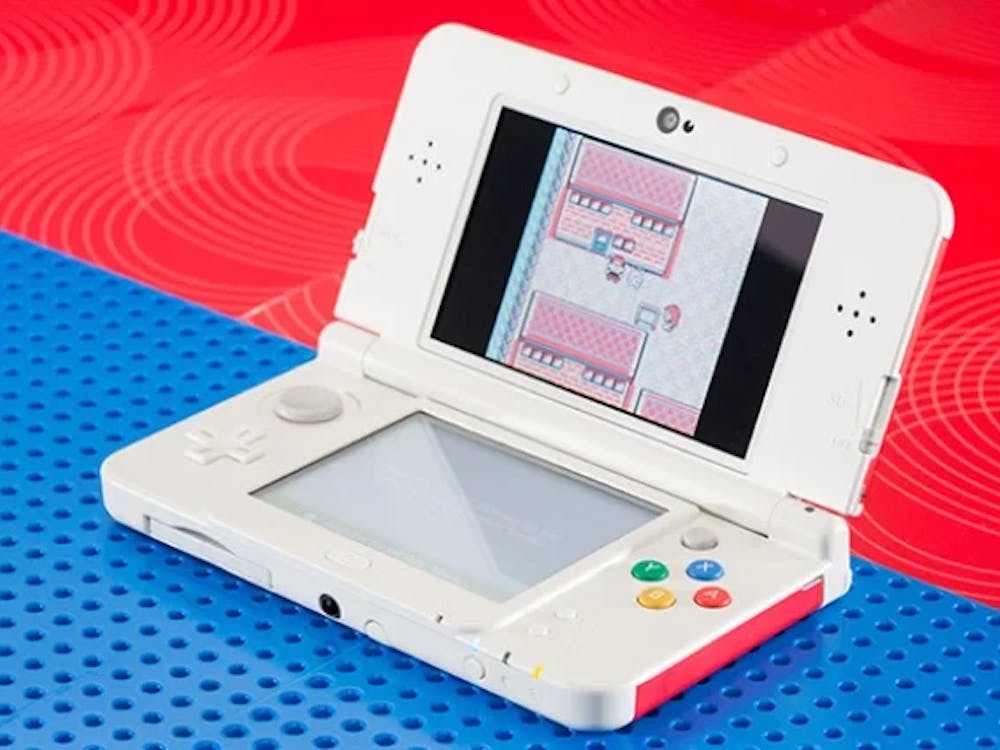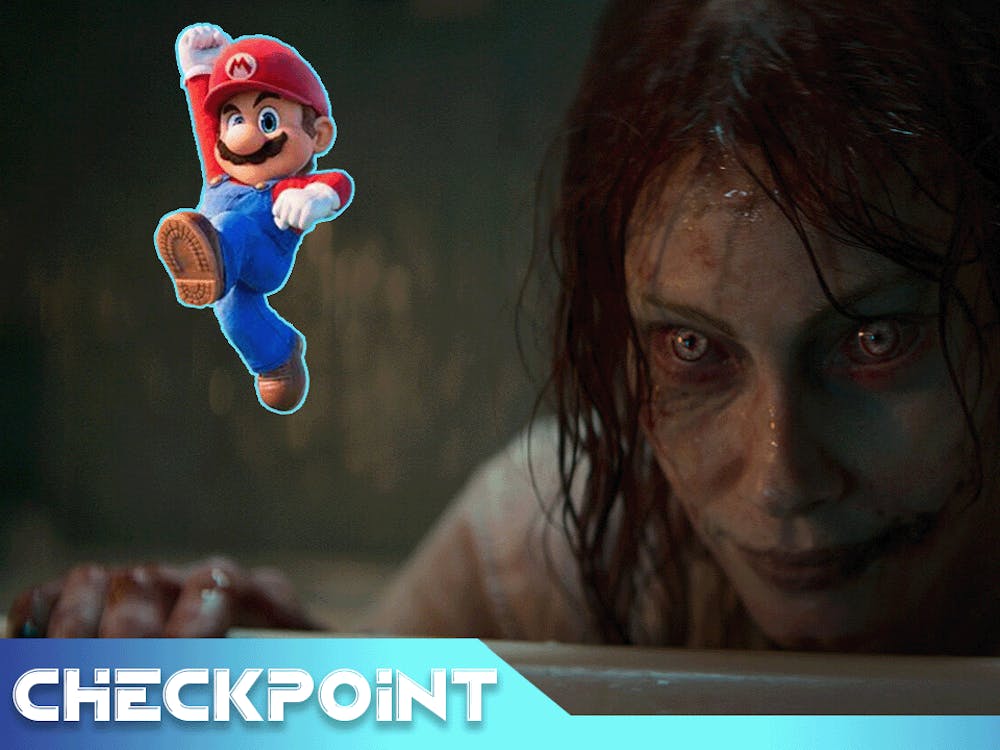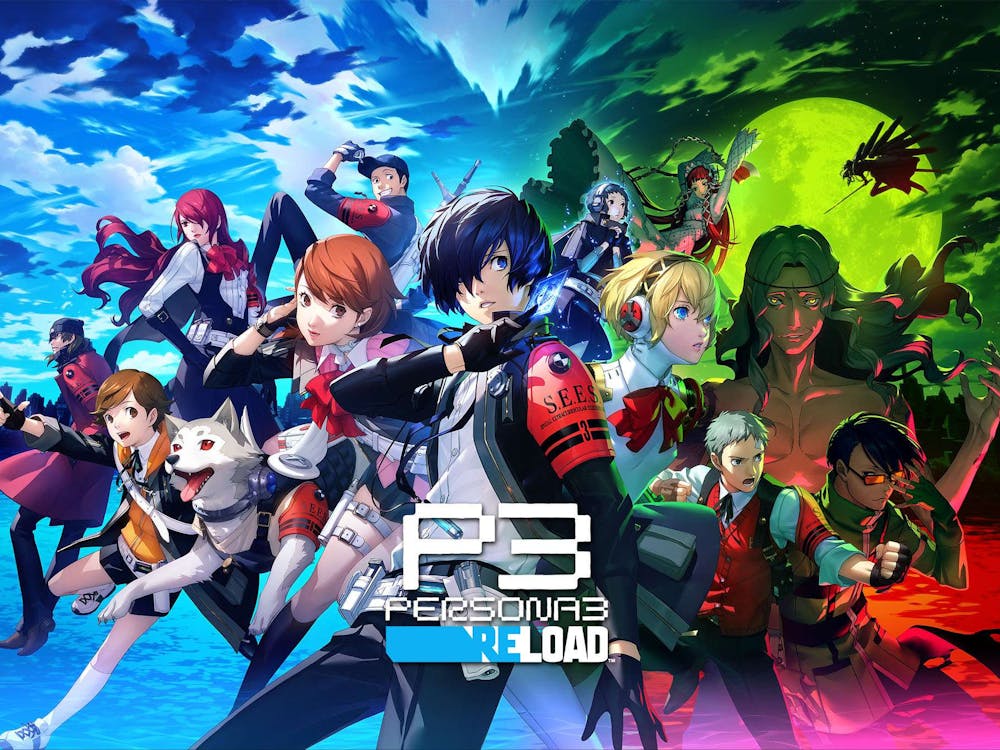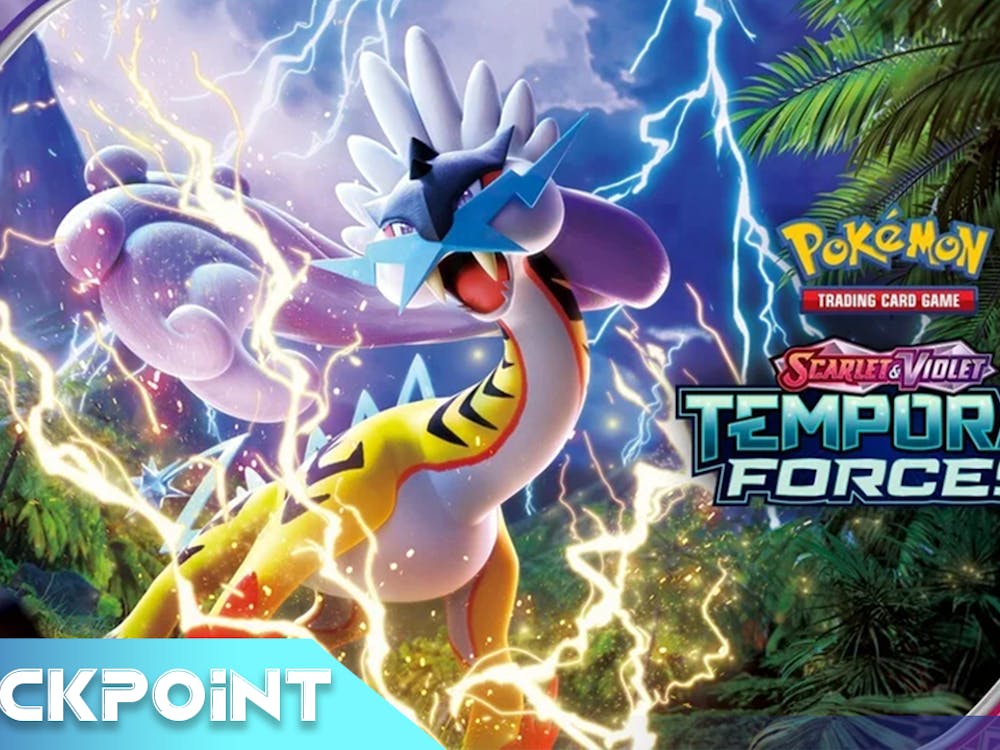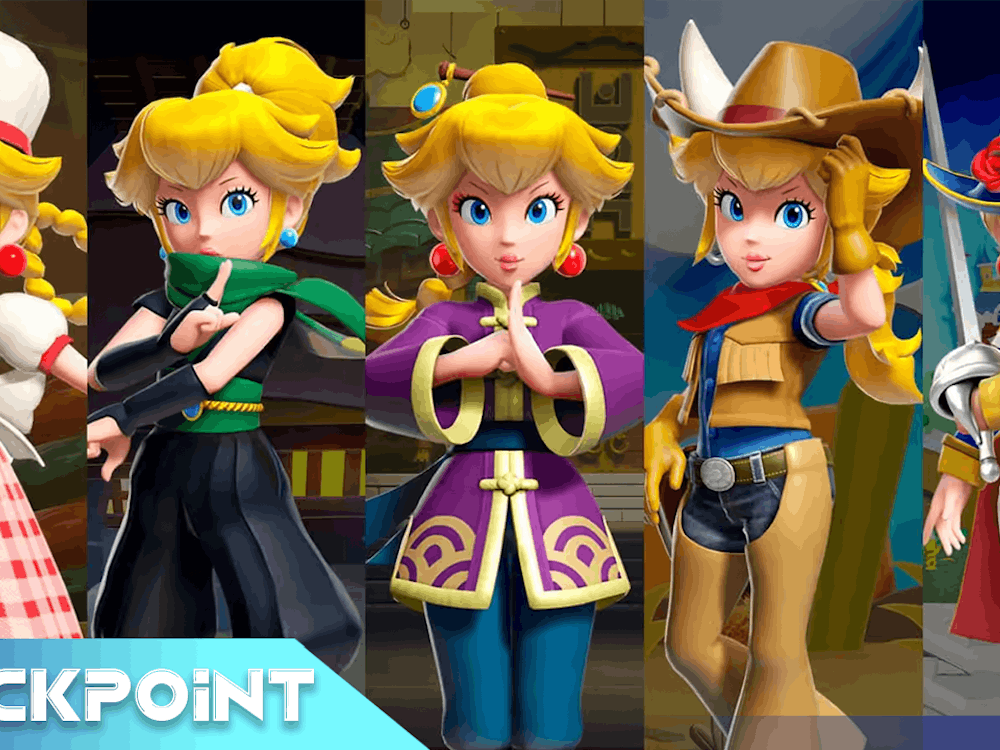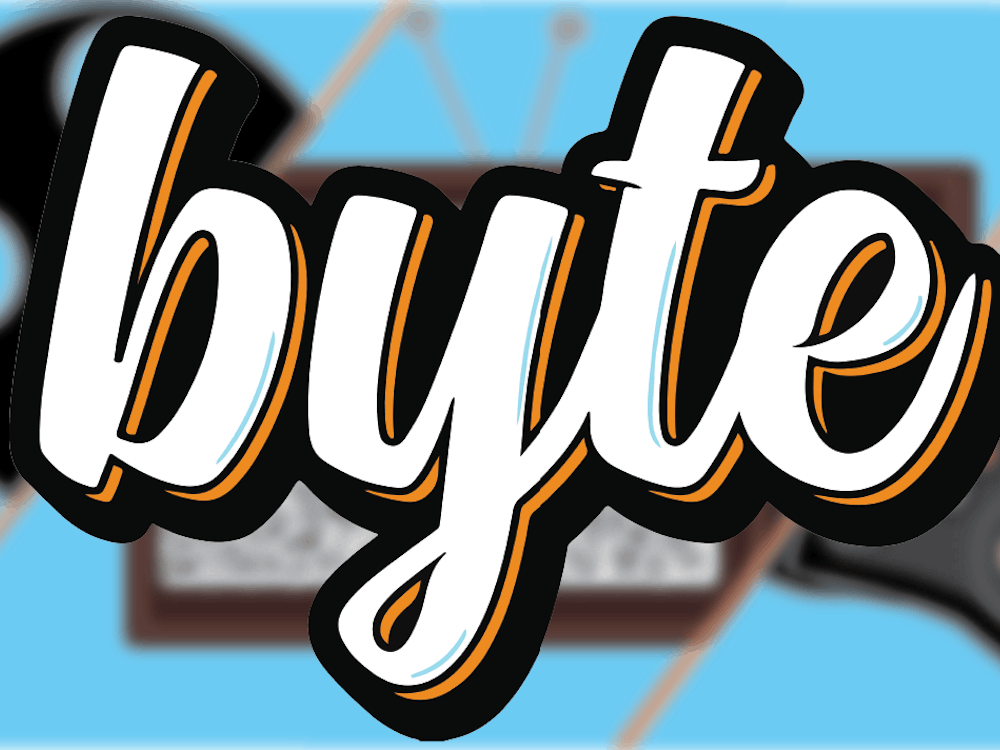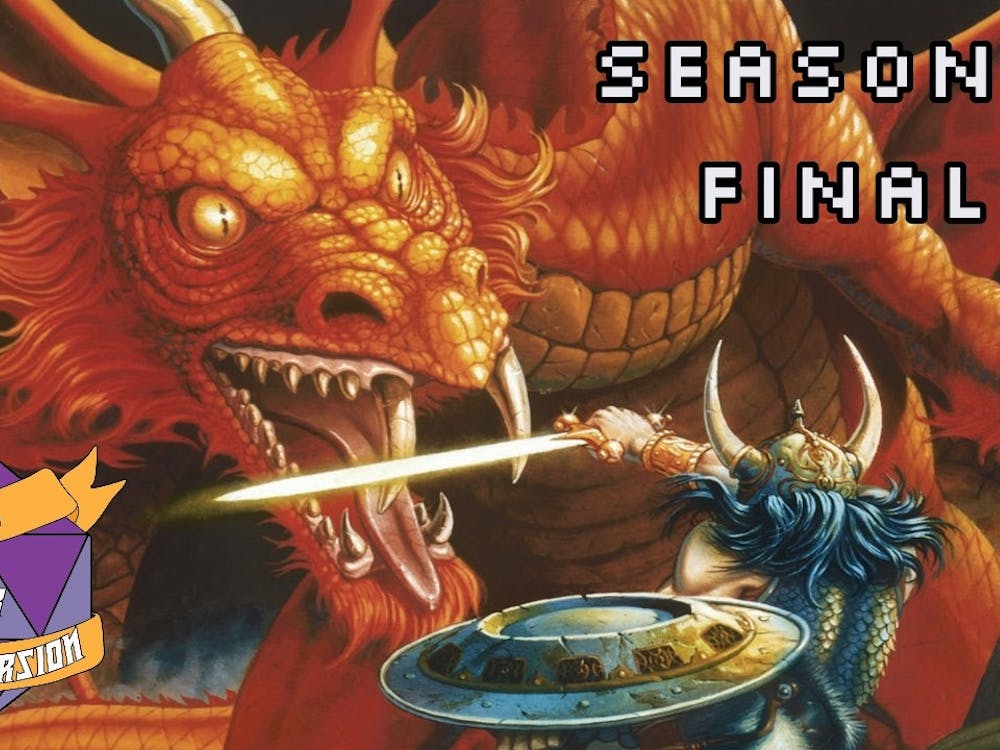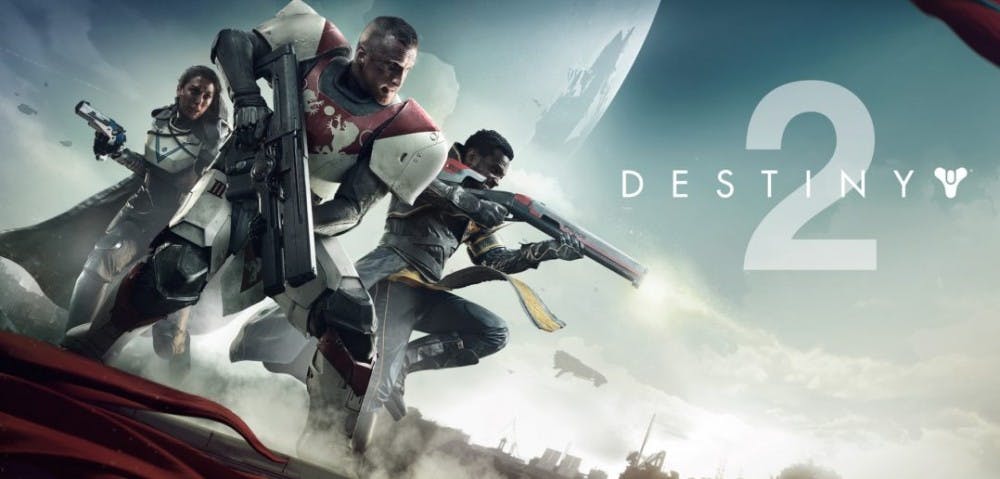This review is based on the PlayStation 4 version of Destiny 2.
Famous for their Myth, Marathon, and Halo franchises, developer Bungie Inc. continues to deliver fun gameplay and unique worlds with the Destiny franchise. The first Destiny, a shared-world, loot-based first person shooter, was released in September 2014 and was met with mixed reviews noting an unclear, borderline-nonexistent story and dearth of substantial content. Transitioning from Destiny to Destiny 2, Game director Luke Smith stated at the game’s initial reveal that Bungie wanted Destiny 2 to be “a new beginning for everyone, a convergence of veteran players and new audiences.” If the first Destiny felt lackluster, Destiny 2 makes up for it in spades.
On September 6, 2017 Bungie released Destiny 2 for PlayStation 4 and Xbox One, with a PC release on October 24. Thanks to a newly placed – and much needed – focus on storytelling, Destiny 2provides players with an engaging conflict in humanity’s fight for the future against their newest threat: the Red Legion. Along the way there’s exotic worlds to explore, aggressive aliens to fight, powerful loot to grab, and an abundance of quests to supplement the fight against the Red Legion.
Gameplay
Right off the bat, the good news is that Destiny 2 feels very tight and incredibly satisfying. If Bungie knows how to do anything, it’s design FPS games. Shooting is snappy and responsive, and mid-to-high level gear feels as powerful as it should be. Player movement is fast and efficient thanks to jet boosts, double jumps, and newly included mantling system to keep the combat compelling. Player abilities add to the fast-paced nature of the game, giving each player unique powers based on the choice of one of three classes and their respective elemental subclass.
One major focus of Destiny 2 is increasing your Power and Level. The higher your Power, the more damage you do, and the higher your Level, the more abilities and perks are available to you. Thankfully, it doesn’t feel like a grindy role-playing game as there’s no shortage of different and exciting activities available. Public events, roaming world bosses, high-value targets, and short patrol quests all happen highly frequently, keeping the player constantly engaged and rewarding them higher-level gear, co-operatively playing with others in the open-world.

Thankfully, gear has been individually designed; gone are the days of random loot drops. Whichever weapon or armor piece that drops, it drops with those stats and those stats only. That’s not to say players are out of customization options. Mods can be found, created, and purchased that will add or change stats, perks, and even damage types. Mods have a limited number of uses, requiring you to purchase more once a mod has been used enough. Certain weapon perks can complement different class perks, allowing more effective player customization through equipment and powers. The exception to this is Exotic gear: unique weapons and armor with game-changing abilities that either rarely drop or can only be acquired through quests.
The aliens encountered throughout the game have been designed to feel more unique and distinct from each other, given different weapons, behaviors, and even fighting styles. In Destiny 2, Bungie opened the door for more strategic combat. For example, elite members of each race come with overshields, corresponding with a specific elemental damage type. While it isn’t necessary to take out the shield, using the right elemental damage causes the shield to satisfyingly explode, dealing damage to the enemy and any others around it. Exploiting weaknesses found with each enemy type behooves the player, increasing damage while also fulfilling various perks. Destiny 2’s combat rewards players for smart and effective combinations of their gear and abilities.
Story and Lore
In the world of Destiny 2 you are a Guardian: an extraordinary and immortal individual chosen by a dormant, necromantic machine-god known as “The Traveler” to fight for humanity’s survival. Players both old and new will find immersing themselves in Destiny 2’s story rather smooth thanks to a clear and present danger, and easy-to-understand plot with plenty of content beneath the surface. Cutscenes within the campaign thankfully provide a very welcome cinematic addition to the narrative, characterizing not just the protagonists but antagonists as well.
Within the first mission, Earth’s Last City is attacked by an alien army known as the Red Legion of the Cabal, led by Dominus Ghaul. Ghaul nullifies the Guardians’ powers, rendering them weak and, most importantly, mortal. Guardians’ leadership, the Vanguard, is sent into a disarray. While recovering their powers, players must find the old vanguards, while forging new alliances throughout their journey.

Players will encounter new allies, along with some of the veteran cast from Destiny. Fan favorites such as Cayde-6, an easygoing verbose android voiced by Nathan Fillion, return and are more fleshed out in this new story. A new ally brought to the field at the start of the campaign is Hawthorne, a stalwart scout helping protect those who survive outside of the Last City. She’s also not a Guardian and shows contempt for their immortality-based tactics.
A character like Hawthorne helps flesh out the world of Destiny outside of the Guardians. Unfortunately, other new characters aren’t fleshed out nor even introduced as well as Hawthorne. Even more unfortunate, this extends to the player character as well. While the player is an active agent and the crux of the Destiny 2 storyline, they share no dialogue with any other characters, letting their robot buddy “Ghost” do all the talking for them.
Destiny 2’s plot is by no means groundbreaking, but it offers an excellent convergence of storytelling, prior lore, and gameplay, especially within its mission structure. Missions are no longer segregated from the game world, as story missions can be accessed at any point while patrolling on the planets. Most notably, Destiny 2 offers fantastic set-pieces within the campaign. Bungie takes advantage of its core “shared-world” design, with some thematically-appropriate missions placing you in the heat of battle alongside other players and NPCs. Unfortunately it appears Bungie’s taken a few steps back from their Halo days, as friendly AI in combat feels noticeably scripted.
Counting mandatory missions alone, totaling roughly five hours, the campaign may feel rather short. Thankfully, completion of the Red War storyline opens up a wide variety side quests that provide players with new gear and even takes them to locations not featured in the campaign. These side quests, found in the form of Adventures, Quests, and Lost Sectors provide world-building and character history.
Admittedly, gameplay in quests feels par for the course of “you explore an area, kill a lot of enemies, and then scan something for dialogue.” However the setup and plot of these side quests provide more intrigue and detail within the world of Destiny. One such example would be tracking multiple sources of music encoded with messages across the Jovian moon Io to find its source: an artificial intelligence casting aside its servile nature in favor of individuality.

Destiny 2’s story as a whole unites many plots and elements from the background lore of the first game, finally giving them screentime and agency within the story. Furthermore, exploration reveals additional lore, hinting at things to come in the future of Destiny 2, considering Bungie’s track record with lore and foreshadowing in the previous game.
Unfortunately the rich lore and other background information found in-game is not compiled anywhere like Destiny’s “grimoire.” Without some way of tracking collectible information, players can easily miss out on character and faction backgrounds with no way of knowing otherwise.
World and Visual Design
What’s made Destiny stand out to compared to other shooters is notably its blend of futuristic sci-fi setting with classical medieval archetypes, and there’s certainly no lack of that in Destiny 2. Each player class has specific armor designs harkening back to knights, wizards, and rogues of fantasy but mixing them with more astronautical elements that create a unique style. Players can choose their Guardian to be a human, Exo (read: android) or an Awoken (read: space elf). I personally think being a space wizard android astronaut is just all-around cool.
The character creator available in-game, however, leaves something to be desired. There’s no option to zoom in or rotate your character’s face, and there’s only roughly eight presets of faces, hairs, and markings to choose from. Unique design relies on a combination of colors in hair, make-up, and robot parts for the Exos.

Throughout the course of the game, players will travel to a variety of exotic planets and moons within the solar system. These locations look absolutely stellar, shifting from a thick, overgrown forest in Europe, to a city on the hydrocarbon sea of Titan, to an alien machine world on the planetoid Nessus. Bungie’s environmental design team clearly put a lot of work into making each location feel unique and look great due to impressive texture work and detailing.
Thanks to Destiny 2’s more open-world approach, Bungie has given players solid and meaningful reasons to explore each location. Lost Sectors, a new inclusion to Destiny 2, are entire zones hidden across each world. They could range from a simple cave system, to almost resembling a Strike, just slightly smaller in size yet still filled with enemies and loot. Hidden, scannable items can be found on each location as well, providing further detail into the world of Destiny 2.
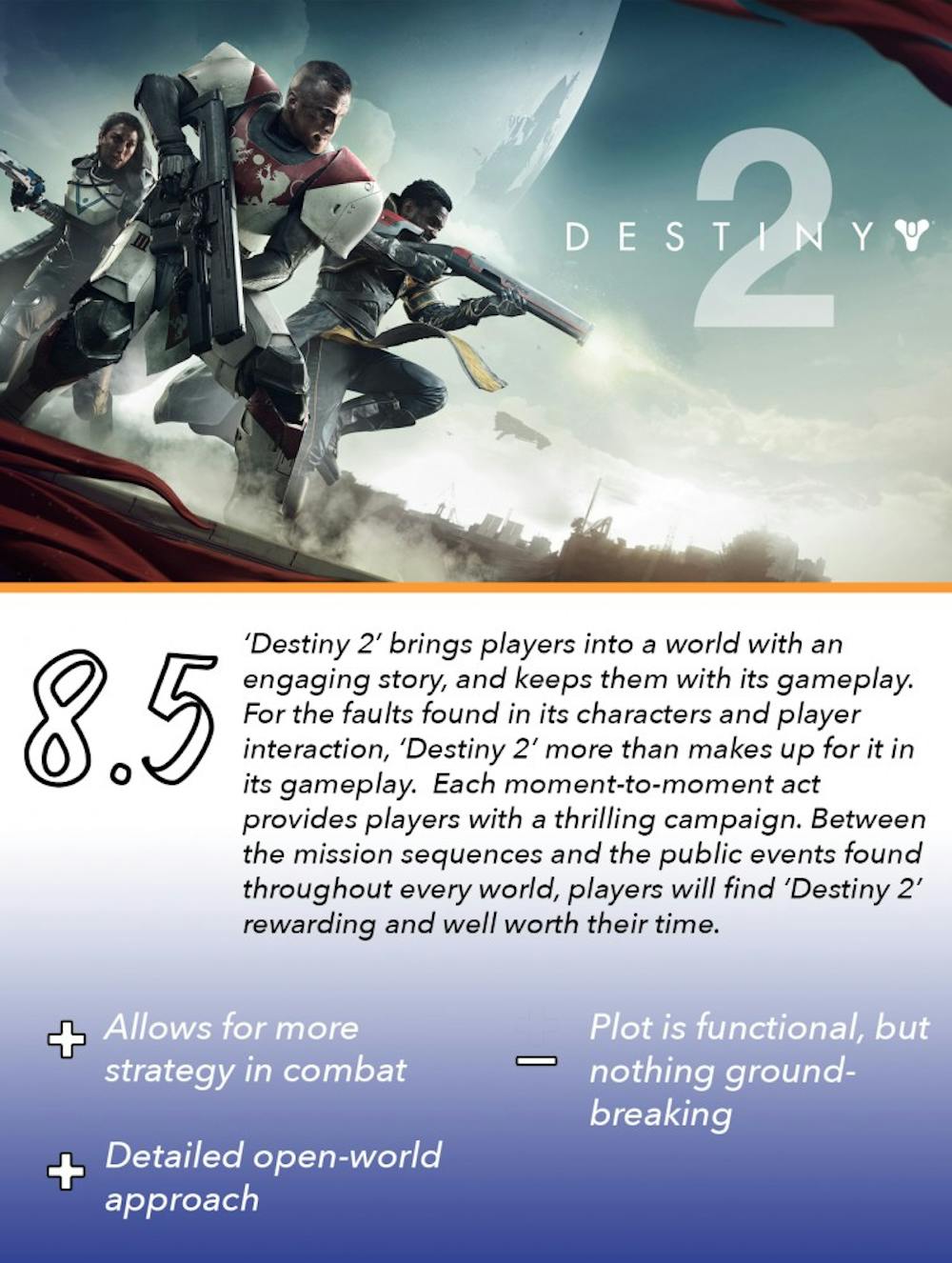
All images from and Giant Bomb and Destiny 2
For more entertainment related content, visit us at Byte Bsu!

